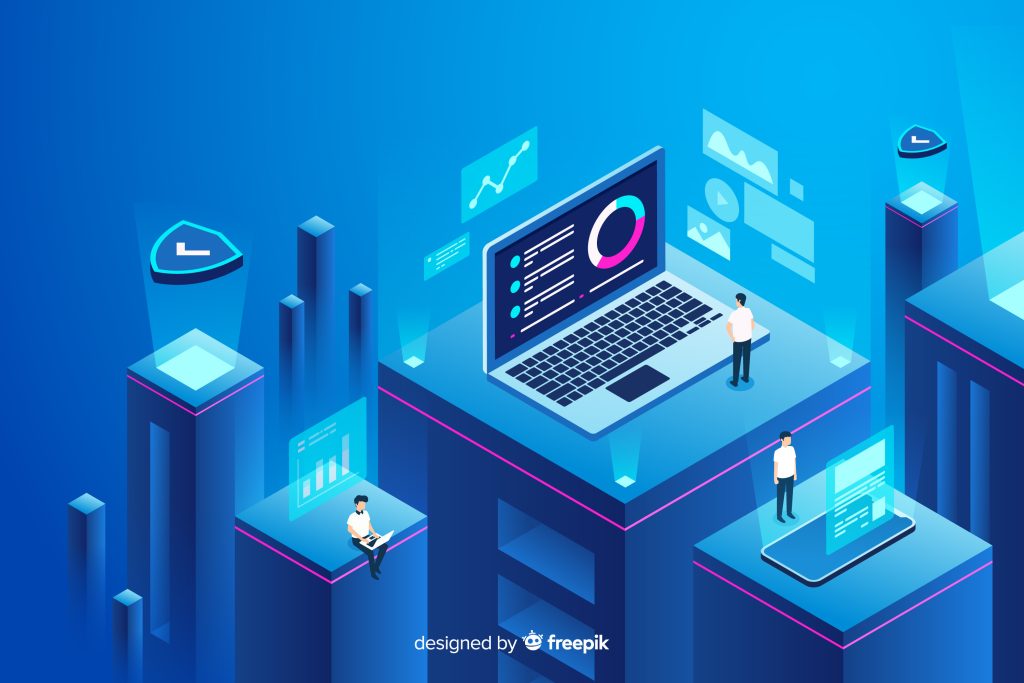How the pandemic permanently accelerated Fintech

Commoditization of Fintech
Fintechs are thriving in a post-pandemic world. Equity funding for fintech companies doubled last year, bringing the industry’s global market capitalization to around $5 trillion. Meanwhile, data from Statista found that about 65% of the US population uses digital banking services, up from about 61% in 2018. That means more than 16 million Americans have adopted digital banking services over the past five years.
Mass mobile banking adoption suggests the financial future will be digital first. Fintechs excel in this environment because digital applications developed on, by and for mobile devices typically provide a better user experience. Still, financial leaders must unpack how this trend will affect their bottom line. Understanding post-pandemic consumer behavior is the first step towards generating more meaningful, modern and holistic user experiences for fintechs, Big Tech and traditional financial institutions (FIs).
Mobile payments are on the rise
Challenger banks – new or digital-only banks – are becoming increasingly popular. The global neobank market is expected to reach $2.05 trillion by 2030. Statista also predicts that the number of neobank account holders in the US alone will reach $40 million by 2025.
A decade ago, choosing a bank without a traditional brick-and-mortar presence probably seemed unthinkable. For many, the personal customer service offered by brick-and-mortar banks is crucial to the overall financial experience. But fintechs have made great strides in improving the online banking user experience, and many consumers—especially millennials and Gen Zers—now prefer to manage their finances on the go. Highly efficient UX eliminates the need for a physical bank, at least in the eyes of some users.
Fintechs have excelled in this digital environment because their platforms are designed exclusively for mobile use, and so their user interface is usually a priority. But FIs can also benefit from the trend towards mobile, user-friendly platforms. FIs must consider offers that will entice consumers to use their mobile wallets. In many cases, that means turning banking apps into an “all-in-one” one-stop shop for customers—an ecosystem, if you will. Instead of providing incomplete loan information, FIs should revitalize their online presence to offer robust loan application portals, financial wellness information and credit scoring solutions.
Consumers are more likely to engage with a bank’s app or website if it provides a relevant portfolio of financial information. And the benefits go both ways. A consumer’s financial history can be used to pre-determine loan eligibility and personalize financial well-being, allowing FIs to advise pre-qualified candidates on how to refinance and consolidate their loans. It creates a simple, frictionless loan process, which is good for both the consumer and the bank.
Loans after pandemic accrual accrue to Fintechs
Economic uncertainty defined the first days of the pandemic. To address this, many governments encouraged borrowing through extended waiting periods. Other FIs offered loans through the Paycheck Protection Program, designed to keep consumers afloat during tough times.
Two years later, the economic landscape has changed significantly. Loan applications are increasing, and consumer credit debt is approaching a record high level. Fintechs that reduce friction in the lending process have reaped the benefits. Banks now have the opportunity to capitalize on this growth by presenting pre-qualified consumers with an intuitive and responsive loan application process.
Industry research shows that loan application processes that are longer than five minutes are abandoned by 60% of consumers. Users want simple, accessible applications they can start and complete on the go. As such, banking professionals should always prioritize responsive, mobile-friendly applications when searching for fintech partners. Better yet, they should prioritize partners who aggregate consumers’ credit score information and lending histories to provide a detailed list of pre-qualified lenders. By doing so, consumers can find relevant loan information at the perfect time.
Consumers are spoiled for choice
Fintech companies are at an interesting crossroads. Digital financial processes were necessary for consumers in 2020, but now these applications are back to a “nice to have”. Most consumers still choose to go digital, but now they are exploring their options. If an app or bank doesn’t cut it, consumers are free to find financial wellness options elsewhere.
Ultimately, the vendors who win will offer expanded functionality such as credit scoring solutions and streamlined loan applications. Superior UI will also play a key role. In other words, while fintech companies are adapting to their golden age, FIs also have an opportunity to expand and improve their market presence. And the benefits of doing so at the end of the pandemic will be enormous.


